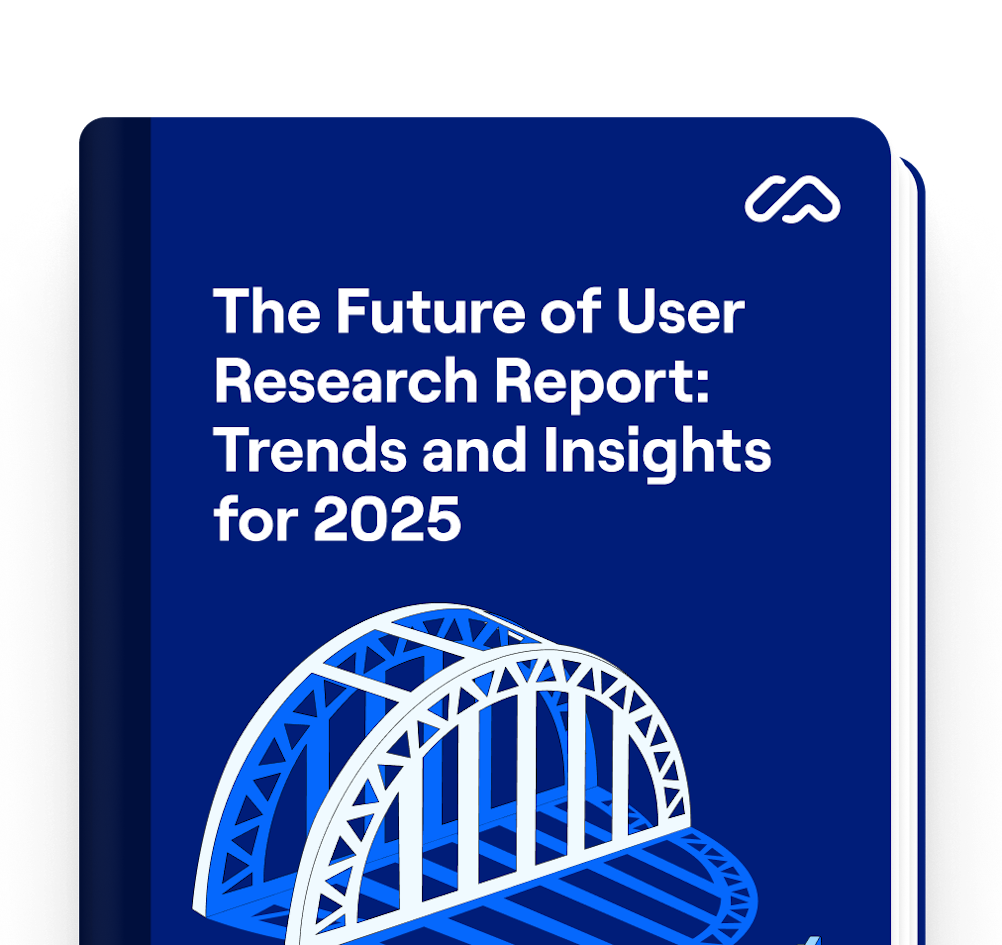The Future of User Research Report 2025
Discover how product organizations turn user insights into real business impact.
Maze surveyed 800 product professionals to uncover how teams conduct research to power decision-making. Explore the trends shaping user research, with insights from experts at Broadcom, Cisco, GoodRX, Simplii Financial, and Twilio.
Key trend 1
The more research is integrated, the greater its business impact
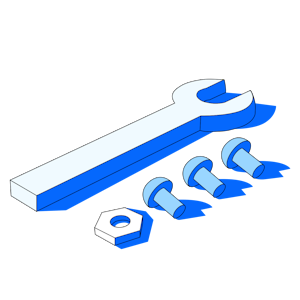
Organizations that embed user research into product development and decision-making report substantial benefits, including improved product usability (83%), higher customer satisfaction (63%), better product-market fit (35%), and increased customer retention (34%).
When research is deeply integrated into product and business decisions, the impact is even more evident. Organizations that embed research into their business strategy and operations report 2.7x better outcomes compared to those that rarely incorporate user insights. In particular, they see enhanced brand perception (5x) and more active users (3.6x).
Share
Organizations that integrate research into business strategy and operations report:

Companies using research to inform business strategy make better data-driven decisions by incorporating customer knowledge earlier in the product development lifecycle. Research is most impactful when it builds a deep understanding of customer needs, driving strategic decisions about what to build. That’s where companies see significant ROI in terms of product-market fit and revenue growth.
Kate Pazoles
Senior Manager, User Research at TwilioShare
Key trend 2
The push to build the right products fast is fueling research demand

Competitive advantage is shifting from being the fastest to market to being the fastest to identify and act on user needs. 55% of respondents report an increase in the demand for user research over the past year, driven by a growing appreciation for research, the need for innovation in a competitive market, and a shift toward data-driven decision-making.
Most research requests come from product and design teams, seeking insights to improve product usability, understand customer needs and preferences, and validate hypotheses. Product teams face pressure to move quickly, with time and bandwidth constraints cited as the top challenge for 63% of respondents.
Share
What are the main challenges you and your team face when it comes to user research?
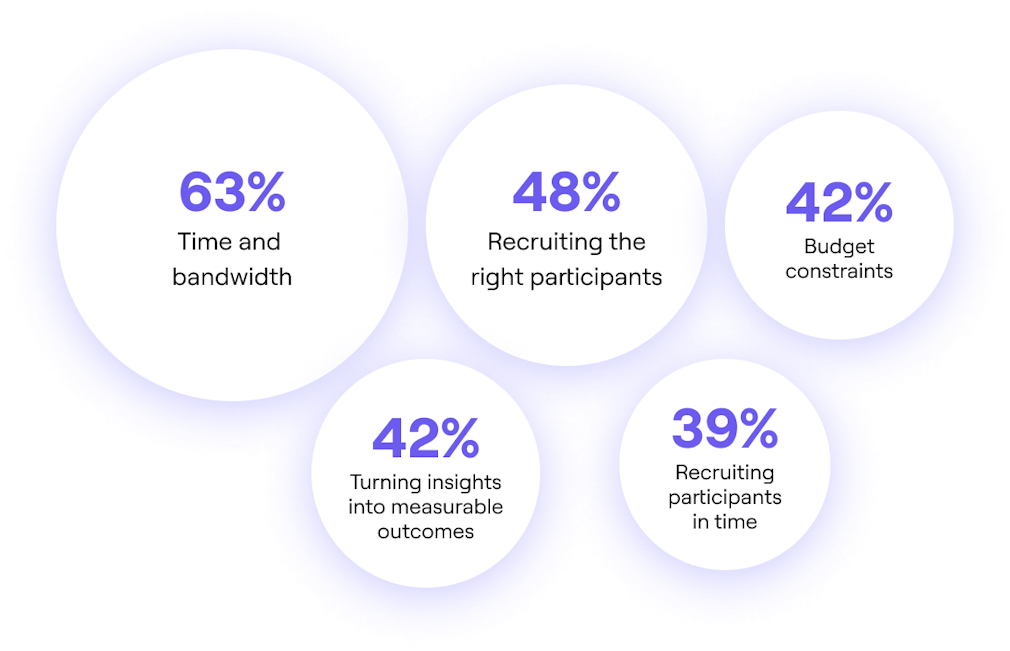
We’ve seen a shift toward more strategic research that informs business decision-making rather than focusing solely on tactical product research. We work in a service model and are receiving more requests to use research to shape business plans, instead of validating new products before release.
Geordie Graham
Senior Manager, User Research at Simplii FinancialShare
Key trend 3
AI-powered research unlocks efficiency for product teams

To address time and bandwidth limitations, product teams are turning to AI, benefiting from improved team efficiency (58%), faster turnaround times for user research projects (57%), and optimized workflows (49%). AI adoption is rising, with 58% of respondents now using AI tools—a 32% increase from Maze’s 2024 Future of User Research Report.
Product teams are leveraging AI to automate the most time-intensive components of research, including analyzing user research data (74%) and transcription (58%). With the right safeguards in place, AI enables teams to augment human expertise and scale research without sacrificing depth or quality.
Share
How are you using AI tools to conduct user research studies?
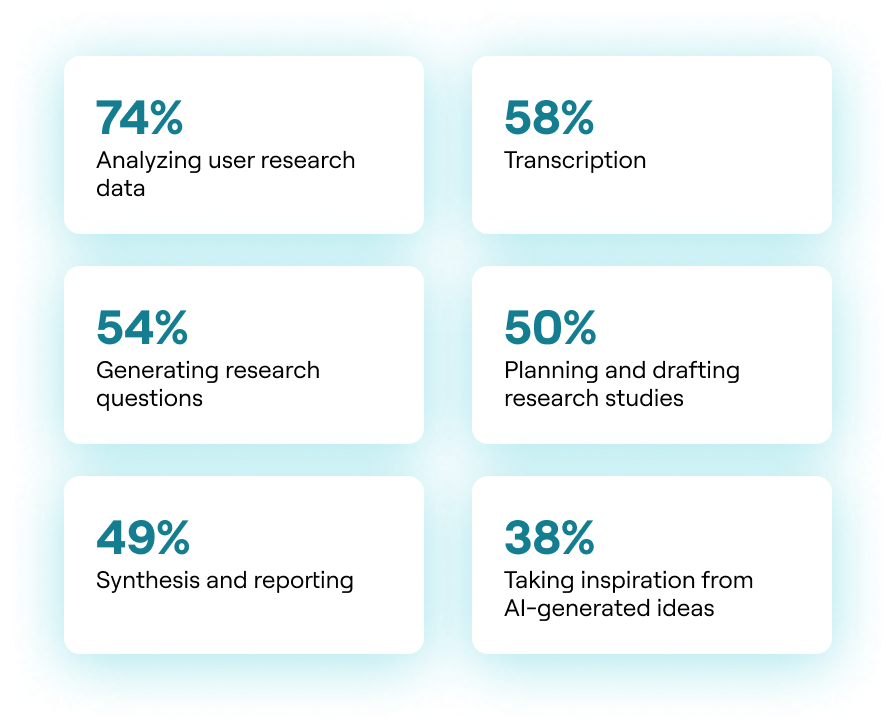
Using AI to analyze vast amounts of data, identify patterns, and generate insights at scale is a game-changer. By automating these formerly laborious tasks, we free up headspace and bandwidth to go deeper into areas where only our human brain can make magic happen. On my team, we see AI as a co-pilot, not a replacement—using AI to augment research has helped us do more, faster.
Cheryl Couris
Senior Director of Design at CiscoShare
Methodology
The report survey was created using Maze and distributed between December 10, 2024 and January 10, 2025. During that time, Maze collected 800 responses from a variety of research-focused roles, including 47% UX/product researchers, 38% UX/UI/product designers, and 7% product managers.
The respondents worked at a mixture of enterprise organizations (32%), emerging companies (26%), small-medium businesses (20%), and micro organizations (22%). Survey respondents were located in various regions around the world, including 36% in North America and 33% in Europe.
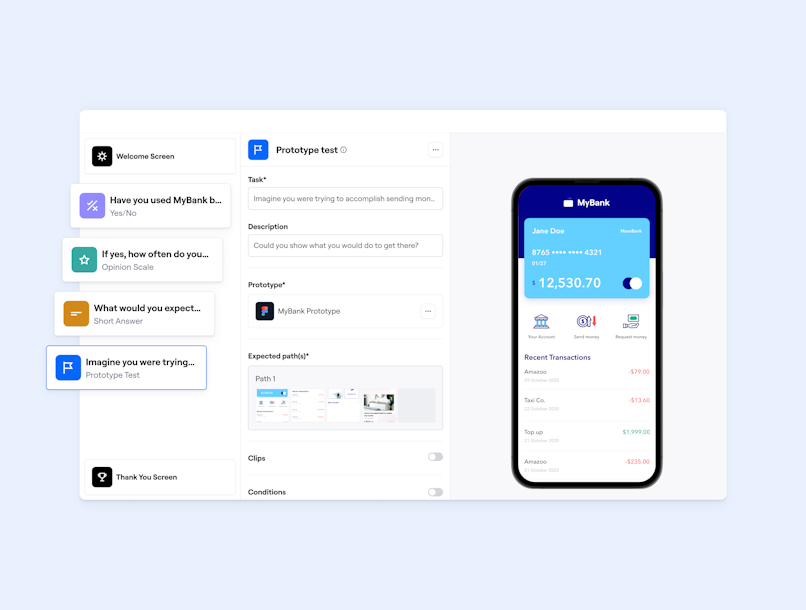
About Maze
Maze is the leading user research platform that makes products work for people, by making user insights available at the speed of product development. Built for ease of use, Maze allows designers, product managers, and researchers to collect and share user insights when needed most, putting them at the center of every decision.
Make research your competitive advantage
Dive deeper into the data and trends defining the user research landscape in 2025 and beyond.
